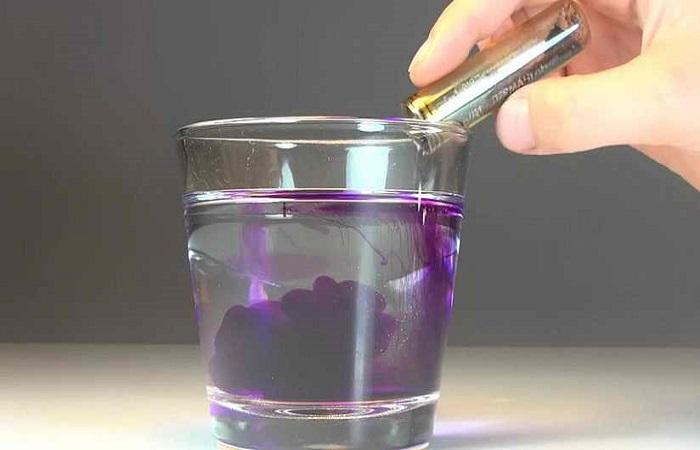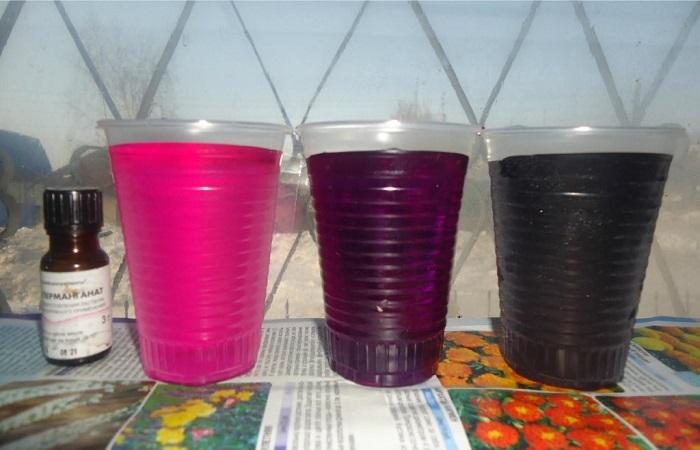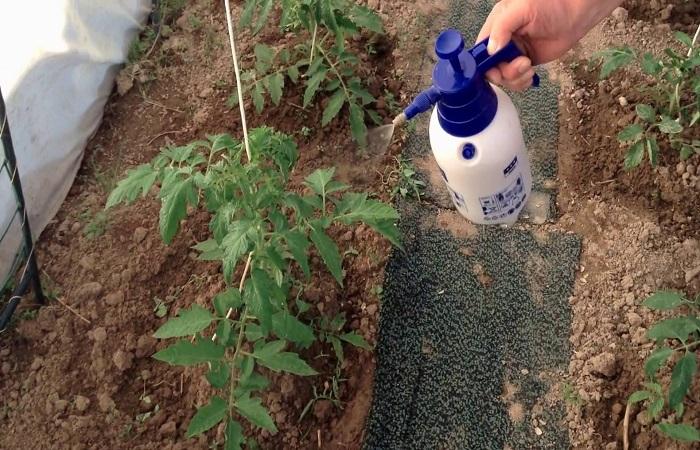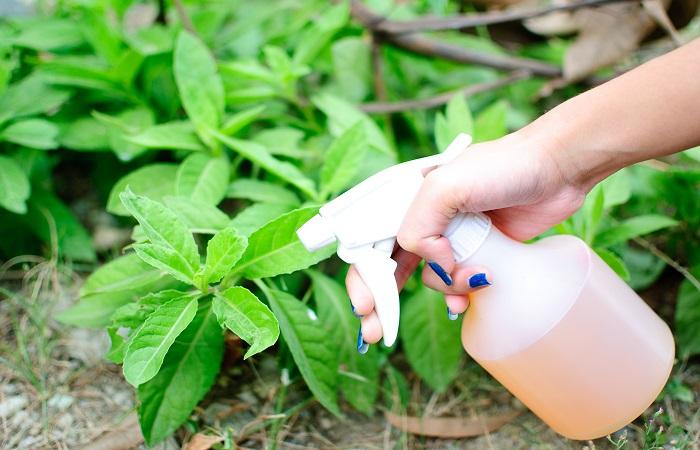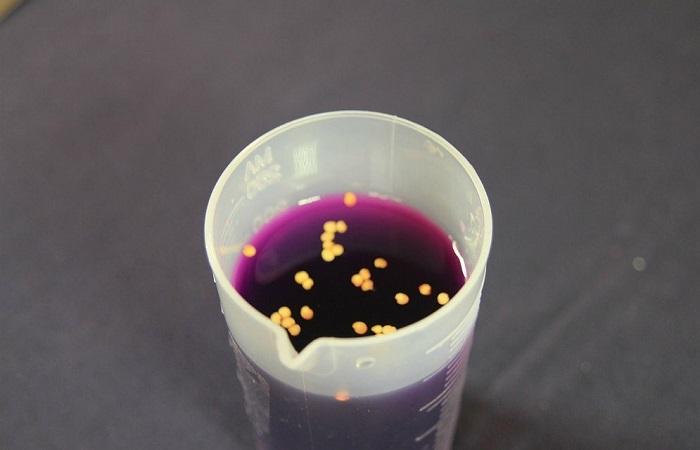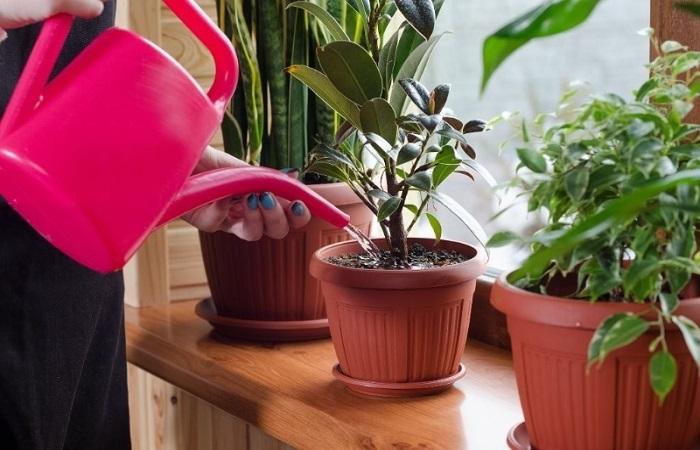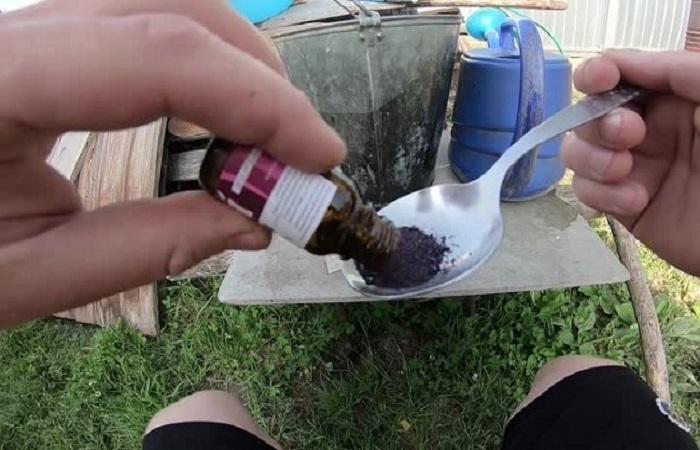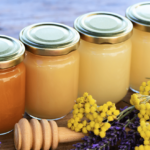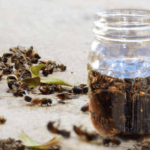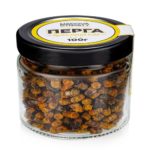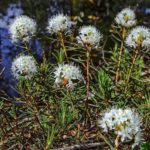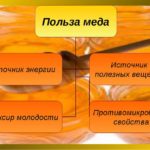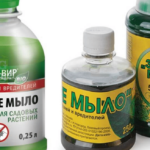The use of potassium permanganate for the garden helps to achieve a combined effect. This substance can perform the functions of medicine, nutrition and antiseptic. However, the composition must be used taking into account the intended purposes. The concentration of the solution for disinfecting garden tools or treating seeds may vary significantly. If the dosage is violated, there is a risk of negative consequences for plants.
Characteristics and mechanism of action
From a chemical point of view, potassium permanganate is a potassium salt of permanganic acid. It is designated as KMnO₄. The drug is also often called potassium permanganate.
In industry, manganese is obtained from ores, and salt is obtained by oxidizing compounds of this substance. In appearance, the drug resembles beautiful dark purple crystals. They mix easily with water.
Potassium permanganate has pronounced oxidizing properties. Thanks to this, the substance has powerful antiseptic and antimicrobial characteristics. Most often, the composition is used to disinfect garden tools and soil. Gardeners also often use it to feed plants.
Area of use
The drug is actively used in agriculture. The main indications for its use include the following:
- disinfection of containers for planting seedlings;
- soil treatment for seedlings;
- processing of seed material;
- disinfection of tubers and bulbs;
- disinfection of a basement or cellar;
- disinfection of greenhouses.
With the help of potassium permanganate it is possible to cope with a number of fungal and bacterial pathologies. It is used to combat the following disorders:
- powdery mildew;
- gray rot;
- late blight;
- blackleg;
- mosaic disease.
The substance also helps cope with various insects. It successfully destroys flies, moths, and wireworms.
Instructions for use and consumption rate of potassium permanganate
In order for the use of a substance to give the desired results, it is important to strictly follow the instructions for its use.
Processing beds
The use of manganese in the garden helps to launch reduction-oxidation processes in the structure of plants and improve their photosynthesis. This allows you to increase productivity and strengthen the immunity of crops.
With a deficiency of manganese in the soil structure, plants often begin to get sick, since their immunity is greatly reduced. This also negatively affects the appearance of the plants.
Fruit, berry and vegetable plants can be fed by root or foliar feeding. In the first case, 5 grams of the substance are required to fertilize strawberries and vegetables per 1 square meter of beds. For bushes it is worth using 5-10 grams. Fruit and berry trees need 10-15 grams of the product.
When using foliar feeding, it is worth adding 1 gram of boric acid per 10 liters of water. It is necessary to apply the substance using a spray bottle before flowering and at the stage of fruit formation.
Soil disinfection
To disinfect the soil, you need to make a solution of potassium permanganate with a concentration of 2%. It must be added to each recess in a volume of 1 liter. This will help destroy all pathogens that cause root rot, fusarium and other diseases. It is better to warm the substance slightly before use.
For seeds and seedlings
Using fertilizer to treat seeds helps disinfect them. It should be used for planting material that was collected independently. Store-bought seeds usually undergo all the necessary processing.
Using potassium permanganate helps get rid of all pathogens. To do this, make a solution with a concentration of 1% and place the seeds in it for half an hour. Then they need to be washed with plenty of water and dried.
Potassium permanganate can also be used to disinfect containers for seedlings. To do this, the containers must be thoroughly rinsed with a solution of potassium permanganate with a concentration of 2-3%.
In the greenhouse
Spraying the greenhouse helps get rid of all pathogens that accumulate on its walls. The procedure must be carried out before planting begins. In this case, the frame must be thoroughly washed with a solution of potassium permanganate.
For indoor plants
Manganese should be used for home flowers in the spring. This is done at the stage of plant awakening after a period of dormancy. It is recommended to combine the composition with boric acid. To make an effective working solution, you need to mix 3 grams of potassium permanganate and boric acid with 10 liters of water. The composition is suitable for spraying foliage or moistening the soil in pots. Small plants require 500 milliliters of the product, large flowers - 1 liter of the substance.
If symptoms of chlorosis are present, manganese or iron deficiency may be suspected. However, the signs of these disorders usually coincide. To increase the efficiency of processing, it is worth combining these elements, since they work in pairs, enhancing each other’s effect.
Precautionary measures
When working with potassium permanganate, you need to take into account that the substance can cause burns. Therefore, when using it, you should follow the following rules:
- You need to wear gloves when working with potassium permanganate.
- It is forbidden to touch the crystals with bare hands. Therefore, they need to be taken with a match or a toothpick.
- To properly mix potassium permanganate with water, you should use a warm or hot liquid.
- It is important to mix the composition thoroughly so that the plants do not get burned.
- The prepared solution should be used immediately. The composition cannot be stored.
- The container with potassium permanganate should be stored in a dark place, out of reach of children and pets.
Storage periods and rules
It is recommended to keep the drug in a dark glass container. This must be done in a cool place. It is important to ensure that it is not exposed to direct sunlight, as this will lead to loss of oxidizing properties.
It is worth considering that potassium permanganate is highly flammable. It is also considered explosive. Therefore, the container with the substance must be placed away from active metals - sodium, calcium, magnesium, aluminum. Also, the drug should not be kept near sulfur or glycerin.
The shelf life of potassium permanganate is 5 years. After this time, its antiseptic properties disappear. The working solution must be disposed of immediately. It is not subject to long-term storage.
Potassium permanganate is an effective remedy that is often used when growing plants. The drug has antiseptic and medicinal properties. It can also be used as a top dressing. In order for the product to have the desired effect, it is important to strictly follow the instructions and observe safety precautions.

